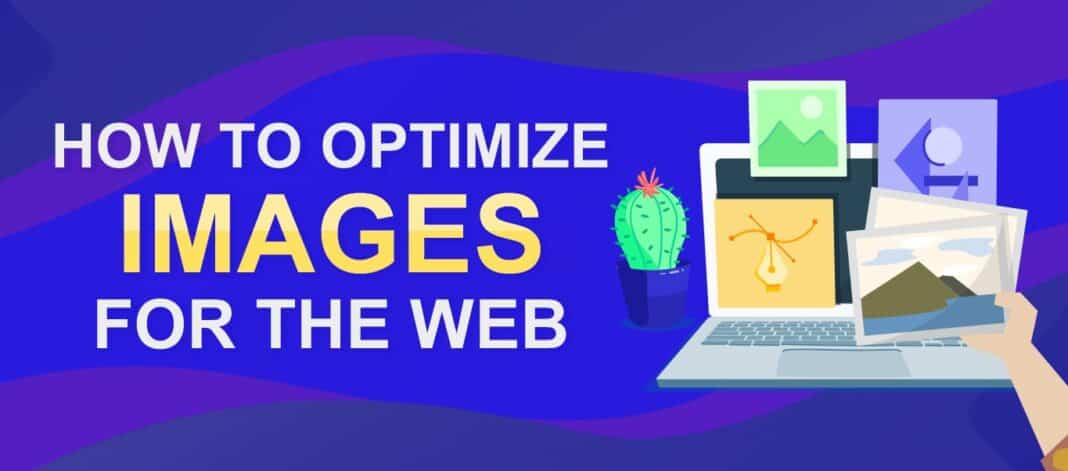You can’t overlook the importance of images in making your site more engaging. They have become an essential part of any webpage. You will merely see a webpage without having any image. However, it is essential to understand that images can become a reason for compromised UX (user experience) visitors coming to your website.
Page loading speed is an essential factor in determining your website’s UX. If your website is taking too much time to load a page, get ready to have a higher bounce rate on your website and lose a significant amount of traffic. You can’t afford to lose even a tiny chunk of traffic coming to your website these days. Therefore, there are high chances that people who quit your website once due to poor UX and page loading speed won’t revisit it.
You must ensure that you have done everything right to keep page loading speed at its optimum. While there are many things you need to take care of in this regard, image optimization is one of them. Heavy image files posted on your website can seriously impact the page loading speed and consequently compromise the user experience of visitors coming to your website. Therefore, image optimization is quite essential for your website’s optimum working.
Here in this writing, we have gathered valuable details about the image optimization process, methods to optimise images, and their consequent benefits. Further details are given below:
What is Image Optimization?
The term image optimization refers to the process of lowering or compressing the size of image files in such a way that the page loading speed of a website remains at its optimum. This process is made possible using lossy or lossless compression techniques.
Note: Lossy compression refers to the process that significantly reduces the quality of the image, while the lossless technique doesn’t impact the quality image comparatively.
Our focus here will be on the lossless compression methods that don’t affect the quality of images too much.
How Can You Optimise Images Without Losing Quality?
It should be noted that image optimization is not all about image compression. The process also involves image resizing, so the code working in the background doesn’t have to take time to resize the image according to the layout requirements of a particular page. However, here we will only discuss some methods to compress images according to the webpage’s needs. Further details are given below:
Use of an Efficient Image Compressor
Using a photo compressor is a great way to reduce the file size of images you want to post on your website. However, you must ensure that the compressor you have chosen to reduce the size of image files doesn’t affect the details captured in the image.
Using an image compressor that doesn’t affect the quality of images will be a feasible option for you if you want to compress photo size before uploading it to social media or e-commerce websites. This method will help you save time and keep the page loading speed of your e-commerce site well under the optimum loading speed limit. Finding such a compressor easily can be a tricky task. You can use multiple tools to compress a single image and choose the one that delivers the best results.
Specialized Plugins to Your Rescue
It is a well-understood fact that most e-commerce retail websites are built using CMSs (Content Management Systems). The most popular CMS in this regard is WordPress. Millions of websites have been built using WordPress CMS. There are other CMS options like Shopify as well. Multiple plugins are available for CMSs to handle different aspects of an e-commerce website, such as ensuring faster page loading speed and keeping track of conversions.
Specialized plugins are available to compress images to make the job of e-commerce website owners and managers easier. When you have to upload multiple image files, you can’t afford to spend time on the compression of individual image files one by one. These specialized plugins come into action as soon as an image is uploaded to the website and optimize it to an extent where it doesn’t remain a problem for faster page loading. It should be noted that these plugins don’t affect the quality of images too much to make them blurry. Some plugins worth mentioning are Optimole, ShortPixel, and Imagify.
Putting it Together
Images undoubtedly make websites and web pages more engaging and informative to some extent as well. However, the problem while uploading image files to a website can be the slower page loading speed of websites. This compromised page loading speed can affect the user experience as well. Hence, optimization of images is a necessary thing to do to ensure the optimum performance of your website. Compression of image files is also a part of the optimization of the process. We have discussed a few methods above to help you ensure lossless compression of images. Hopefully, you will find it helpful.



